No products in the cart.
On this page
What is a Safety Data Sheet?
A Safety Data Sheet (SDS, previously known as MSDS) is a detailed information bulletin containing 16 sections prepared by the manufacturer or importer of a chemical that describes the physical and chemical properties, physical and health hazards, routes of exposure, precautions for safe handling and use, emergency and first aid procedures, and control measures of a product.
Safety Data Sheets enable VegaVend to:
- Determine whether your products are regulated as hazardous goods or not
- Correctly classify your products as either hazardous goods, prohibited hazardous goods or non-hazardous goods
- Determine the correct handling and disposal measures if a product spills or leaks at a Fulfilment Centre
- Display the correct information on the detail page
- Confirm your products as non-dangerous goods
When do I provide a Safety Data Sheet?
SDS are mandatory for all chemical-based products in your catalogue, including when:
- A substance (and from 1 June, 2015, a mixture) meets the criteria for classification as hazardous according to the Regulation for Classification, Labelling and Packaging of Substances and Mixtures (CLP Regulation), or
- A mixture meets the criteria for classification as dangerous according to the Dangerous Preparations Directive 1999/45/EC (DPD) (until 1 June, 2015), or
- A substance is persistent, bio accumulative and toxic (PBT) or very persistent and very bio accumulative (vPvB), according to the criteria given in Annex XIII of the Registration, Evaluation, Authorisation and Restriction of Chemical substances (REACH) Regulation, or
- A substance is included in the candidate list for eventual authorisation according to Article 59 (1) of REACH for any other reasons (see Article 31 (1) of REACH).
If you do not have the SDS for your chemical-based product(s) yourself, you can get it from your supplier, manufacturer or technical department.
Note: If your listing is a bundle or a kit with multiple chemical-based products, you must provide an SDS for each product within the bundle / kit.
When you obtain the SDS, you must check that they comply with the following requirements:
- There must be a creation or revision date (within the last five years)
- Match your product:
- The product title (aka product name, as it appears on the VegaVend detail page) must be the same as the product name shown on the SDS
- The manufacturer/brand name of your product on the SDS must be the same as the manufacturer/brand name displayed on the VegaVend detail page
- SECTION 1: Identification of the substance/mixture and of the company/ undertaking
- SECTION 2: Hazards identification
- SECTION 3: Composition/information on ingredients
- SECTION 4: First aid measures
- SECTION 5: Firefighting measures
- SECTION 6: Accidental release measures
- SECTION 7: Handling and storage
- SECTION 8: Exposure controls/personal protection
- SECTION 9: Physical and chemical properties
- SECTION 10: Stability and reactivity
- SECTION 11: Toxicological information
- SECTION 12: Ecological information
- SECTION 13: Disposal considerations
- SECTION 14: Transport information
- SECTION 15: Regulatory information
- SECTION 16: Other information
- Include all 16 standard SDS sections in the right order. The details about each section requirements can be found in REACH Annex II:
- Information on SDS must be consistent with the product labelling information
- SDS must be provided in the language of country in which the product is sold. If your product is sold in multiple EU countries, you are requested to provide an SDS in each of those countries’ languages. For example, you sell a product in the UK and France, you are requested to provide an SDS in English and an SDS in French languages.
- Ensure the hazard statements listed in section 2 comply with the wording explicitly included within the CLP regulation.
- The product identification section (section 1) needs to identify the products the SDS applies to, as detailed in Article 18 of the CLP Regulation.
- Although GHS pictograms are not obligatory in the SDS, if your SDS contains GHS pictograms in the hazard identification section, those need to be reflected by the appropriate hazard statement. An SDS with a GHS pictogram without the matching hazard statement will be considered invalid
Note: It is your responsibility to comply with REACH/CLP and/or providing Safety Data Sheets[1]. This material is for informational purposes only. It is not intended as legal advice. We encourage you to consult your legal counsel if you have questions about the laws and regulations concerning your product.
For more details, please check: https://echa.europa.eu/regulations/clp/understanding-clp
Last updated: 18 June 2024
